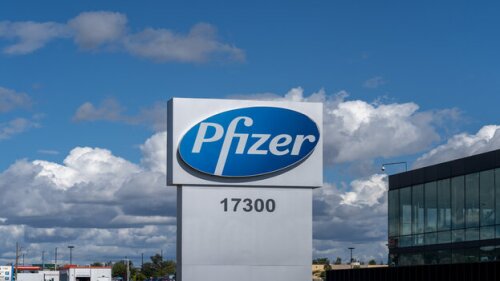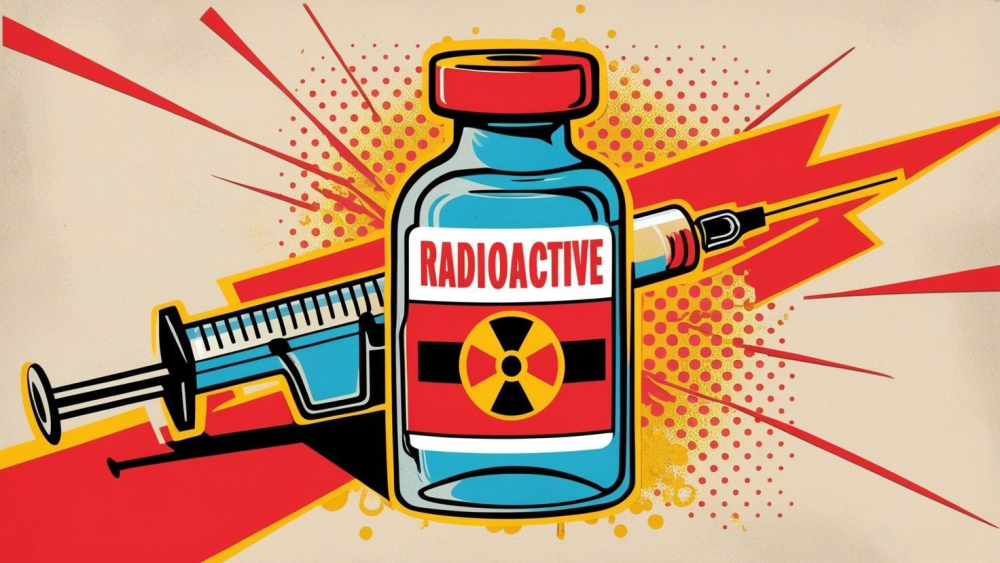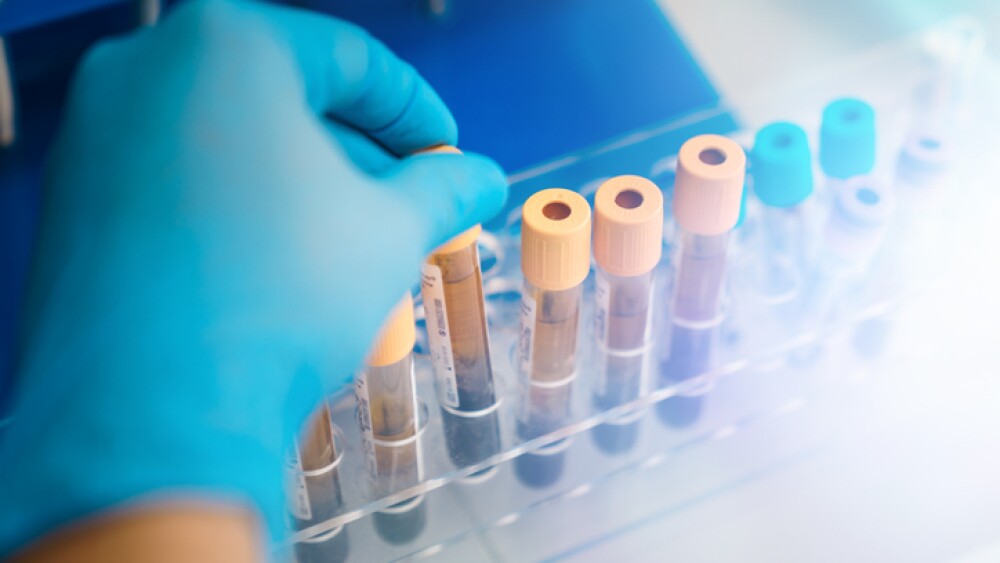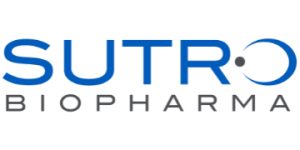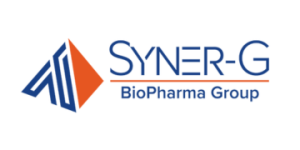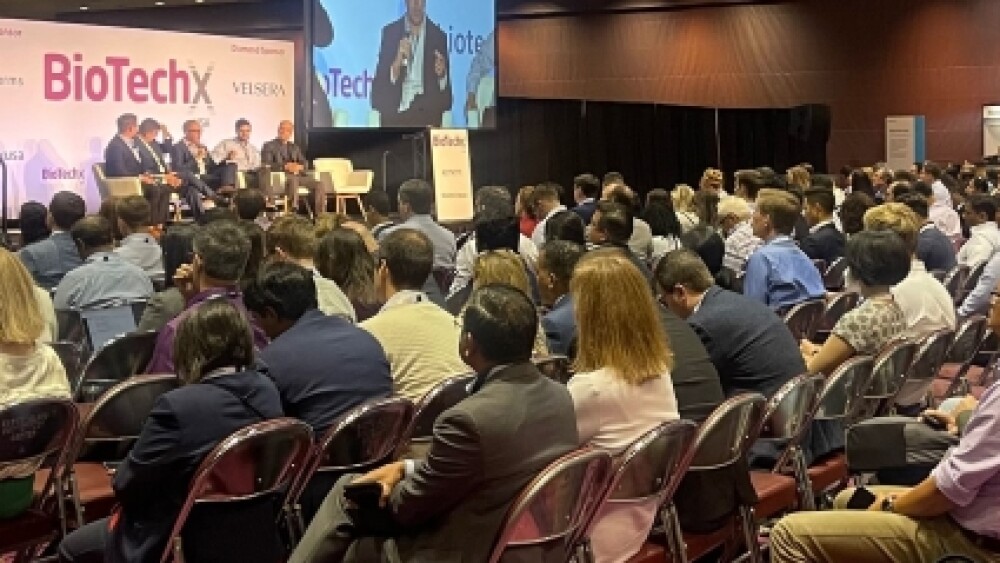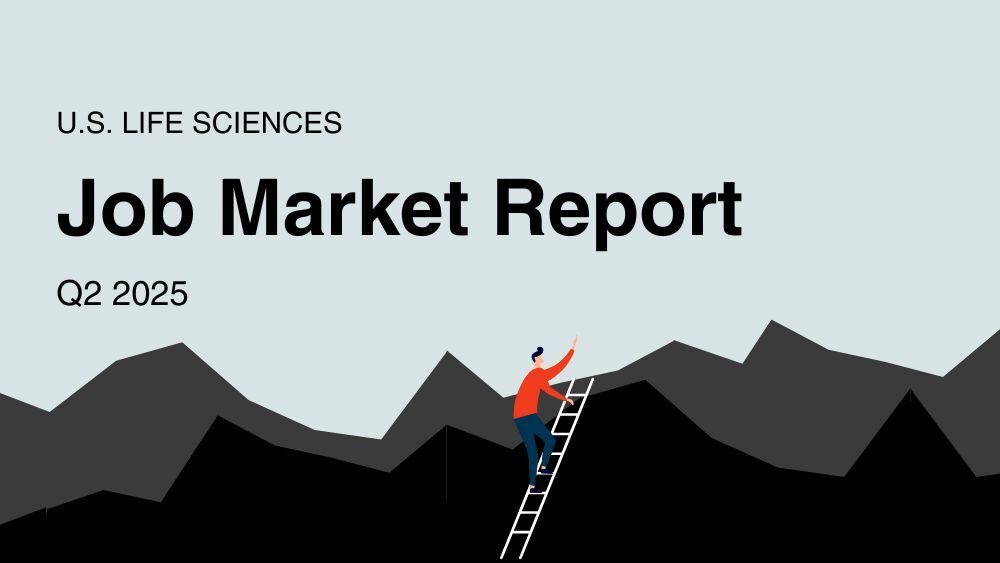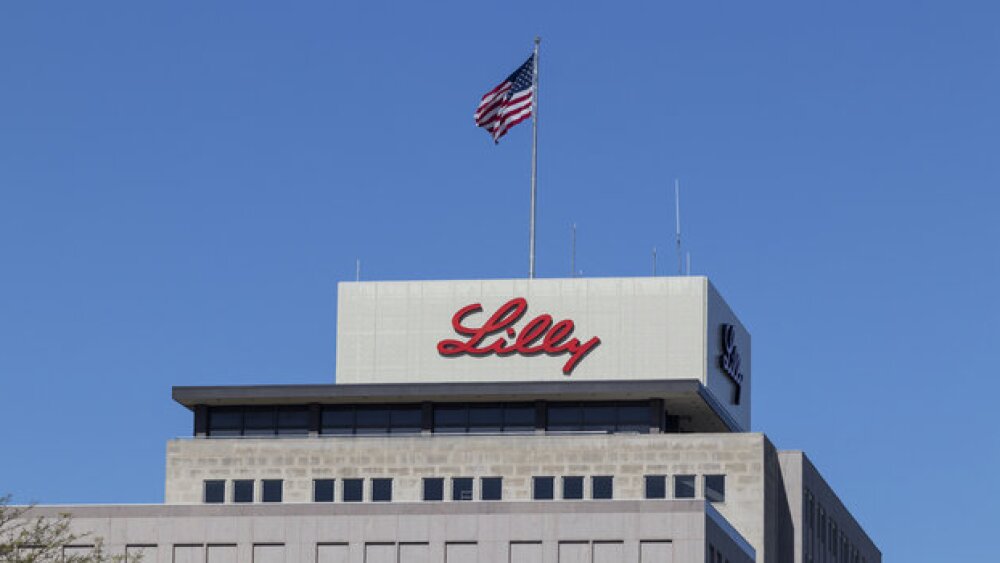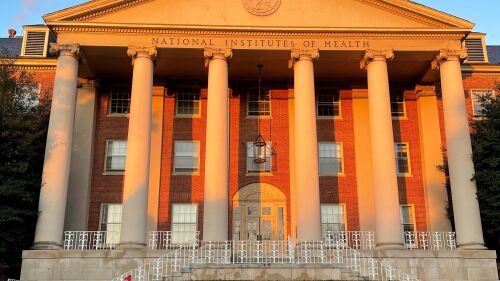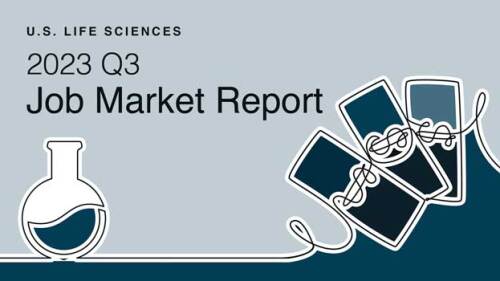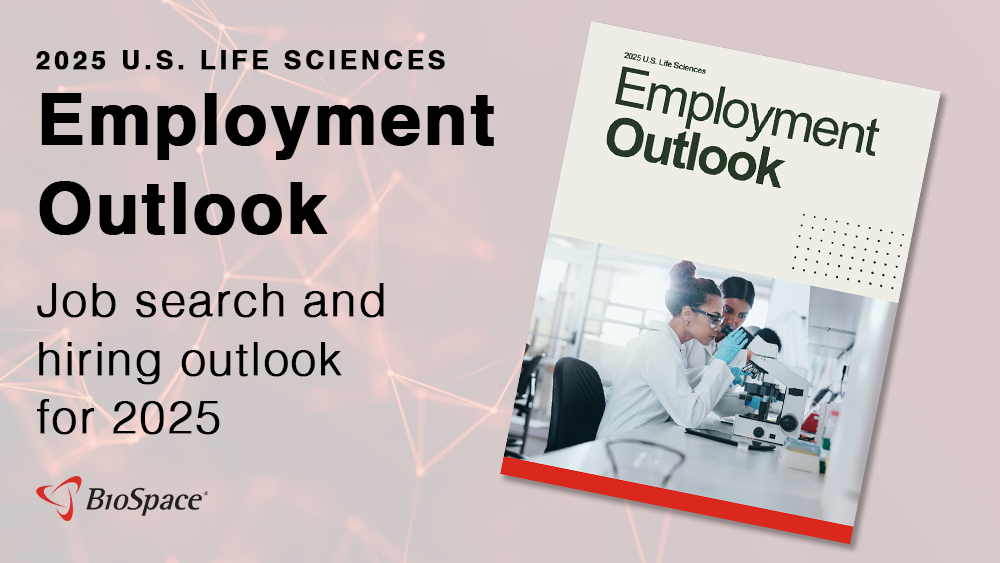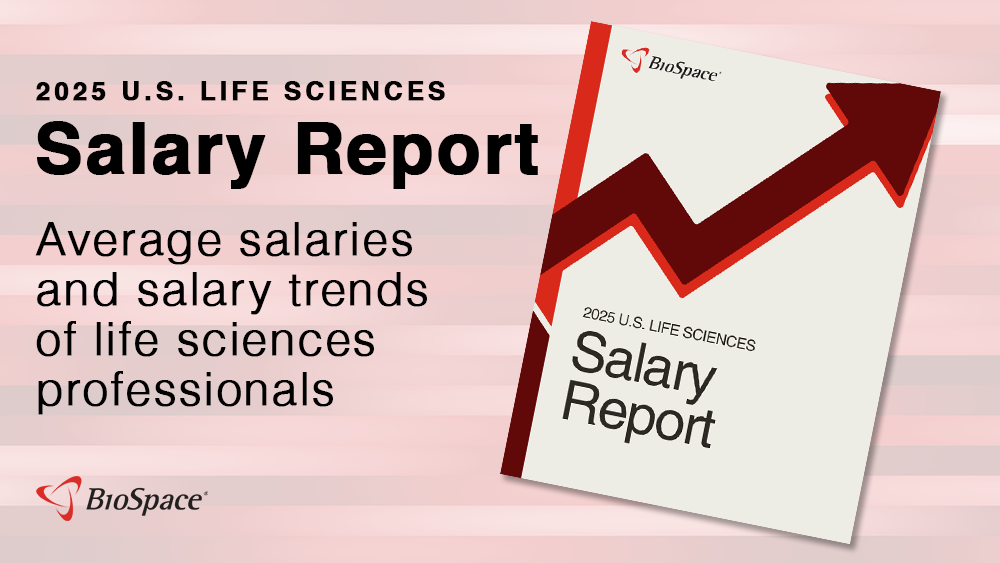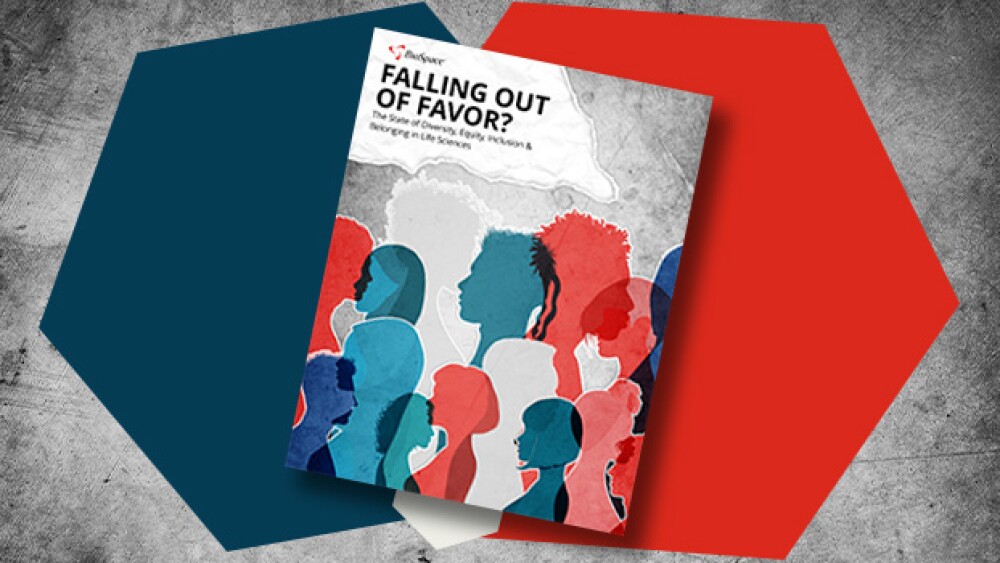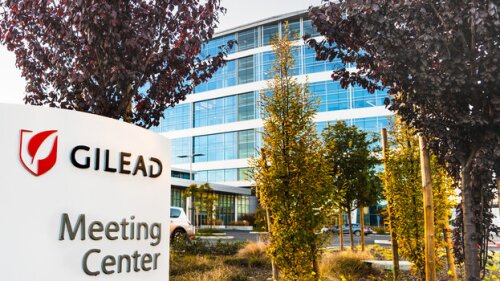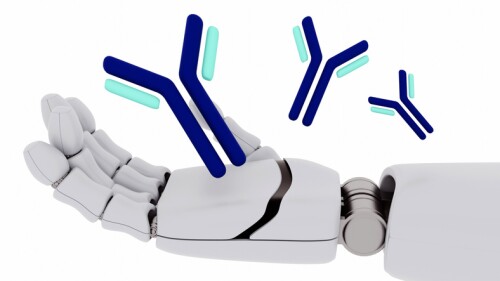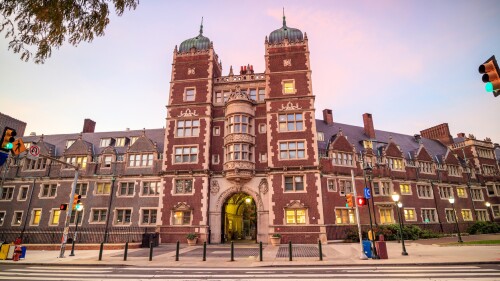Scott Gottlieb, who served as FDA commissioner during the first Trump administration, wrote in a JAMA editorial that China is speeding drugs to market and could potentially surpass the U.S. in the innovation game.
AMX0035—approved as Relyvrio in 2022 for amyotrophic lateral sclerosis but voluntarily pulled from the market last year—was unable to distinguish itself from placebo in a mid-to-late-stage trial of progressive supranuclear palsy.
Novartis has bet up to $772 million to gain access to BioArctic’s BrainTransporter platform, which was leveraged in a partnership with Eisai to produce Leqembi.
Regeneron’s cemdisiran, used alone or in combination with its complement inhibitor Veopoz, significantly improved activities of daily living in patients with generalized myasthenia gravis.
The layoffs will affect employees at Pfizer’s Bothell, Washington site, which previously served as the headquarters for Seagen before being acquired by the pharma for $43 billion.
Eli Lilly drops a second Phase III readout for orforglipron; AbbVie committed to the psychedelic therapeutics space with the $1.2 billion acquisition of Gilgamesh’s depression asset; the CDC taps vaccine skeptic Retsef Levi to lead its COVID-19 immunization working group; and the FDA prioritizes overall survival in cancer drug development.
FEATURED STORIES
The FDA and NIH recently announced plans to phase out animal testing requirements for some therapies. While organoid and AI providers celebrate, scientists warn that questions over safety, applicability and implementation remain.
While the Trump administration has painted the jettisoning of staff and regulations as good for business, there are multiple reasons it’s unlikely to work out that way.
The number of employees laid off increased year over year during the first quarter. BioSpace recaps the five largest rounds of layoffs, which included BMS and Novartis cuts.
At the intersection of radiation and precision, Novartis, Bayer, AstraZeneca and more hope to cash in on a radiopharmaceuticals market that could top $16 billion by 2033.
To more effectively treat neurodegenerative conditions, we first need diagnostic tools that lend a more complete picture of protein aggregates in the brain.
As the Trump administration slashes funding for HIV-related research and infrastructure, Gilead, Immunocore and more are targeting the next goalpost: a cure.
LATEST PODCASTS
J&J, GSK, Eli Lilly and others struck high-value transactions in the early days of biopharma’s annual kickoff conference. Meanwhile, Biogen proposes to acquire struggling neuro partner Sage, and obesity dominates discussions as Pfizer goes “all in.”
In this short teaser, BioSpace’s Head of Insights Lori Ellis talks to CBER Director Peter Marks and Tom Whitehead, Co-Founder of the Emily Whitehead Foundation about anticipated discussions at the upcoming GenScript Biotech Forum.
BioSpace presents 25 noteworthy biopharma startups in ’25; analysts forecast stronger M&A as the J.P. Morgan Healthcare Conference kicks off next week; GLP-1s continue to expand their reach as Novo, Lilly fight against compounders; and a look ahead to five key FDA decisions in Q1.
Job Trends
Bristol Myers Squibb (NYSE: BMY) today announced that the European Medicines Agency (EMA) has validated the extension application to introduce a new route of administration (subcutaneous use) for Opdivo®.
Subscribe to Genepool
Subscribe to BioSpace’s flagship publication including top headlines, special editions and life sciences’ most important breaking news
SPECIAL EDITIONS
In this deep dive, BioSpace explores the next big thing in obesity.
BioSpace did a deep dive into biopharma female executives who navigated difficult markets to lead their companies to high-value exits.
BioSpace data show biopharma professionals faced increased competition for fewer employment opportunities during the second quarter of 2025, with increased pressure from further layoffs.
DEALS
-
The multi-billion deal, in which Eli Lilly will acquire Scorpion Therapeutics’ STX-478 program, is a shot in the arm for PI3K treatments, which have had a mixed history over the past few years.
-
On the heels of an FDA approval for its monoclonal antibody Bizengri, Merus will generate three novel cancer-targeting antibodies that it will pass over to Biohaven to link into antibody drug-conjugates.
-
Biogen’s proposed acquisition comes after two difficult years of regulatory and clinical challenges, during which shares of Sage Therapeutics have fallen by more than 90%.
-
The Biotech Ecosystem Venture Fund will combine the sourcing capabilities of venture capital firm Andreessen Horowitz (a16z) with Eli Lilly’s expertise in R&D—plus half a billion in capital from the Big Pharma.
-
Initial rounds of VC financing totaled $7.7 billion over 137 deals for biopharma in 2024, compared to $3.8 billion over 156 deals in 2023.
WEIGHT LOSS
-
As obesity drug developers compete for the highest weight-loss efficacy, experts contend that overall health outcomes—evidenced by successful studies in therapeutic areas like cardiovascular and sleep apnea—may prove a greater market advantage.
-
The Maryland-based biopharma joins Eli Lilly and Novo Nordisk in trialing a GLP-1 agonist for alcohol- and liver-related conditions.
-
Roche and Zealand plan to study petrelintide as a monotherapy and in combination with CT-388, a dual agonist of the GLP-1 and GIP receptors that Roche picked up in its recent acquisition of Carmot Therapeutics.
-
BioSpace remembers COVID-19 five years after the pandemic was declared, Novo Nordisk’s CagriSema again misses expectations as the company joins a lawsuit filed by drug compounders against the FDA, Viking secures ample supply of its investigational obesity medication, J&J strikes out in depression, and Makary and Bhattacharya near confirmation.
-
Analysts acknowledged the long-term manufacturing deal could dull Viking’s takeout prospects but hailed it as a smart move to ensure supply.
POLICY
-
Industry watchers responded mostly positively to the commissioner’s new voucher program, but worries remain over staffing cuts at the agency.
-
The new version of the bill will still need to go through the entire House and Senate.
-
Findings that U.S. companies can sue foreign rivals despite limited business operations in the country could dissuade drug developers from targeting the U.S. market, potentially benefiting domestic producers of biosimilars.
-
The program will bring together experts from across the FDA for a team-based review, rather than having an application move across numerous offices within the agency before getting a yay or nay.
-
District Judge William Young, a nominee of Republican President Ronald Reagan, blasted the Trump administration’s NIH cuts as discriminatory and “bearing down on people of color because of their color.”
In a cooling job market, companies often can’t match job seekers’ expectations on factors such as salary and remote work.
My colleagues and I have often been asked, “When is it time to start looking for another role?” This three-level rubric can help.
In this job market report we’re reviewing life sciences job market movement in Q3 and what to expect for Q4 and beyond.
With 88% of life sciences organizations using or planning to use AI in recruitment and/or hiring, AI regulation is a priority for the industry.
Despite a government report showing that hiring slowed over the month of June, job postings on BioSpace’s life sciences-focused job board saw a marked increase.
Here are 10 career paths to consider that don’t include bench work, along with role descriptions and links to jobs available now on BioSpace’s job board.
HOTBEDS
IN CASE YOU MISSED IT
New York City has seen increased life sciences employment during the past decade as public funding and key projects like JLABS @ NYC have given the area a boost. A Partnership Fund for New York City executive discusses the city’s strengths and a notable challenge facing businesses.
REPORTS
In this Employment Outlook report, BioSpace explores current workforce sentiment, job activity trends and the prospective job and hiring outlook for 2025, particularly as it compares to the previous year.
BioSpace’s third report on diversity, equity, inclusion and belonging in life sciences examines dramatic shifts in attitude around diversity initiatives.
CANCER
-
Analysts at BMO Capital Markets expect Summit and Akeso’s HARMONi-6 readout to put some pressure on Merck and its blockbuster biologic Keytruda.
-
Combining Trodelvy with Keytruda and pushing it into the frontline setting could “potentially double” the ADC’s market in metastatic triple-negative breast cancer, according to analysts at Truist Securities.
-
Analysts at Leerink Partners said in a Monday note that DESTINY-Breast09’s findings “could support an approval” for Enhertu in first-line HER2+ metastatic breast cancer.
-
Future Pak—whose acquisition offer was rejected by Vanda Pharmaceuticals last summer—is offering to buy Theratechnologies for an unsolicited $255 million. The Canadian biotech is under an exclusivity agreement with another yet-to-be-disclosed potential purchaser.
-
AI is enabling the development of a next generation of drugs that can more precisely target cancer cells while sparing healthy tissues.
NEUROSCIENCE
-
Ionis and Ultragenyx are competing to develop oligonucleotide treatments for Angelman syndrome, but will Neuren’s peptide catch up?
-
Days after suffering a rejection in Australia, the Alzheimer’s drug hit another roadblock in the U.K., which found the drug not cost-effective.
-
Analysts do not believe the Phase III stumble for aticaprant will derail J&J’s broader neuroscience strategy, particularly given its recent $14.6 billion acquisition of Intra-Cellular Therapeutics and the success of Spravato for treatment-resistant depression.
-
The new formulation of Keytruda, currently under FDA review, is sparking conflict with Halozyme, which makes enzymes that convert intravenous drugs into injectable versions.
-
Biohaven in recent months has reported a clinical stumble in spinal muscular atrophy, alongside a Phase I readout for its protein degrader candidate that investors found underwhelming.
CELL AND GENE THERAPY
-
The treatment, called DB-OTO, is one of several early-stage gene therapies being developed to treat relatively straight-forward causes of genetic deafness.
-
The proposed acquisition by global investment firms Carlyle and SK Capital Partners could net shareholders $3 per share plus potential CVR dollars and provide bluebird bio with primary capital to expand the commercial reach of its gene therapies.
-
The move comes weeks after Pfizer terminated its partnership with Sangamo Therapeutics for another hemophilia gene therapy.
-
The Philadelphia market has gained recognition not only for its cell and gene therapy sector but also its real estate scene and talent pool. Vittoria Biotherapeutics, Interius BioTherapeutics and Chamber of Commerce for Greater Philadelphia executives share why the area is a life sciences hot spot.
-
Biopharma doubles down on immunology and inflammation as companies target new pathways and seek to improve on current options in inflammatory bowel disease, atopic dermatitis, myasthenia gravis and more.








